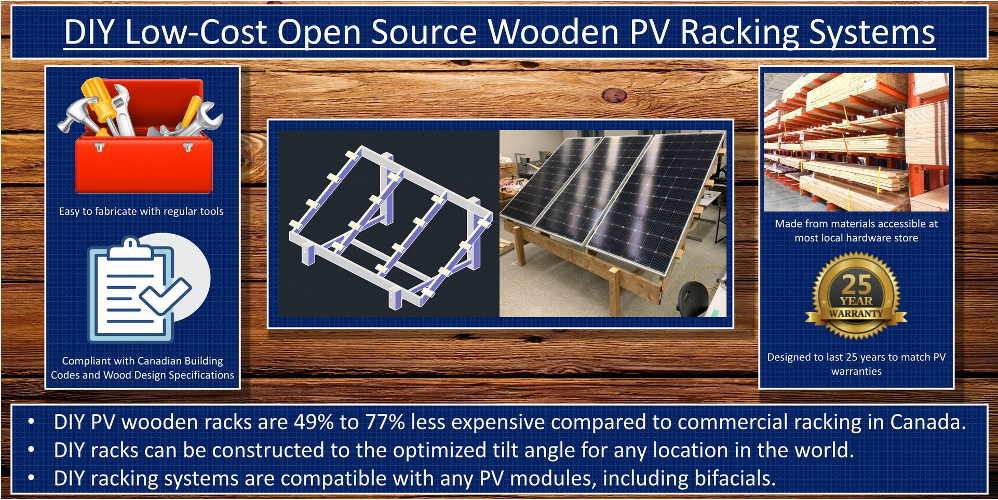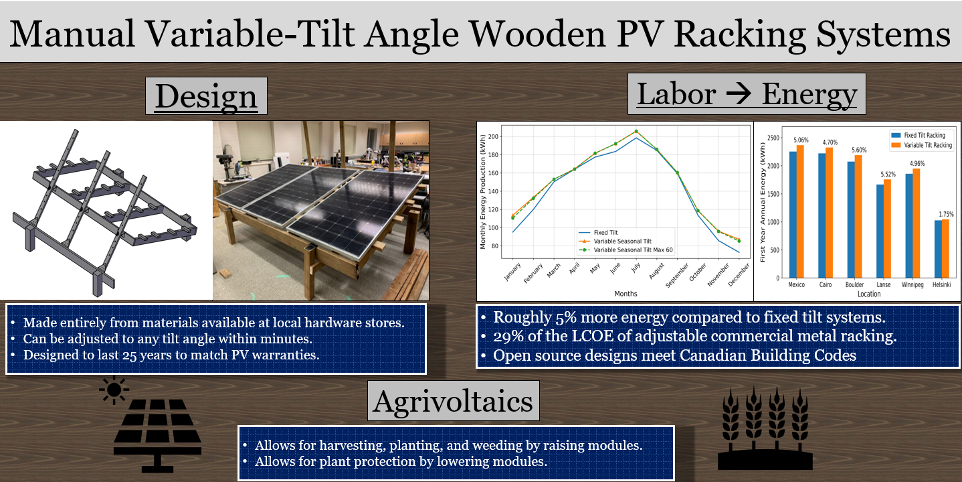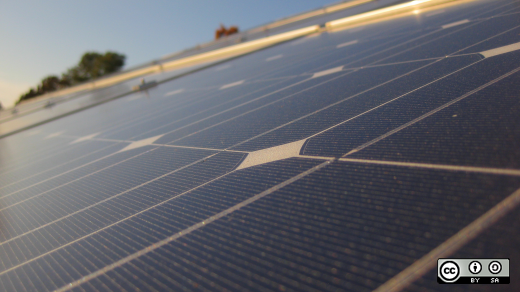You might have already given some thought to powering your home with solar. Solar photovoltaic panels, which convert sunlight directly into electricity, have fallen so far down in cost that it makes economic sense everywhere. That is why large companies have put in a lot of solar, and even the electric utilities have started installing massive solar farms—it simply costs less than antiquated fossil fuels. Like most homeowners, you would like to save money and eviscerate your electric bill, but you are probably cringing a bit at the upfront cost. To get a rough idea of the cost, a 5kW system that would power an average home installed at $3/W would cost about $15,000, while a larger home might need 10kW to offset all of their electricity purchases and cost $30,000. If you want batteries, double the cost (you don’t need batteries as most solar arrays connect to the grid, but if the grid goes down, so does your solar array until it is turned back on.) Paying for all your electricity for the next several decades is an investment, even if you save a lot of money.
There is some good financial news. First, both the US and Canada have enacted a 30% tax credit for solar. This credit drops the price down to about $2/W. Second, Opensource.com previously discussed how you could get a free book, To Catch the Sun, that walks you through how to design your own system (you will still need a certified electrician and inspections to attach it to the grid). If you are a little handy, you can cut the remaining cost by about 50%. These costs are primarily for materials, including solar panels, wiring, electronics, and racking. Amazingly, solar panel costs have dropped so low for small solar systems (like the ones for your house) the racking (mechanical structures that hold the solar panels up) can cost more than the panels!
Open source to the rescue again
Applying the open source development paradigm to software results in faster innovation, better products, and lower costs. The same is true of open source hardware—and even in the relatively obscure area of photovoltaic racking. Nearly all commercial photovoltaic racking is made from proprietary odd aluminum extrusions. They cost a lot of money. If you have a bit of unshaded backyard, you have a few open source racking solutions to choose from.
Open source solar rack designs
The first DIY solar rack design meets the following criteria: (1) made from locally-accessible renewable materials, (2) 25-year lifetime to match solar warranties, (3) able to be fabricated by average consumers, (4) able to meet Canadian structural building codes (if you live where there is no snow this is a bit overkill, but, hey, you might have other weather extremes like hurricanes to deal with), (5) low cost and (6) that it is shared using an open source license. The open source wood-based fixed-tilt ground-mounted bifacial photovoltaic rack design works throughout North America. The racking system saves from 49% to 77% compared to commercial proprietary racking. The racking design, however, is highly dependent on the cost of lumber, which varies worldwide.
Check your local cost of wood before you dive into this open source design.

(Joshua Pearce, CC BY-SA 4.0)
If you are even more adventurous, you might consider this second design that allows you to change the tilt angle. The results of the second study show the racking systems with an optimal variable seasonal tilt angle have the best lifetime energy production, with 5.2% more energy generated compared to the fixed-tilt system (or 4.8% more energy, if limited to a maximum tilt angle of 60°). Both fixed and variable wooden racking systems show similar electricity costs, which are only 29% of that of proprietary commercial metal racking. The variable tilt rack provides the lowest cost option even when modest labor costs are included and also may provide specific advantages for applications such as agrivoltaics (i.e., you can garden underneath the panels and amazingly get increases in yields for shade-tolerant crops like lettuce). This design has been certified by OSHWA with CERN-OHL-S-2.0 licenses.
IMAGE

(Joshua Pearce, CC BY-SA 4.0)
There is about 1kW for each of the 2 PV module racks shown. So a house would need about five of them. Both papers provide full calculations and step-by-step build instructions.
As anyone with a solar system will tell you, getting a negative electricity bill is pretty rewarding. This happens if you size your system to meet all of your load and live in a net-metered part of the country. Please note that the electric utilities don’t pay you; the credit carries over until you use it in the winter.
Have fun with a little open source solar!







1 Comment